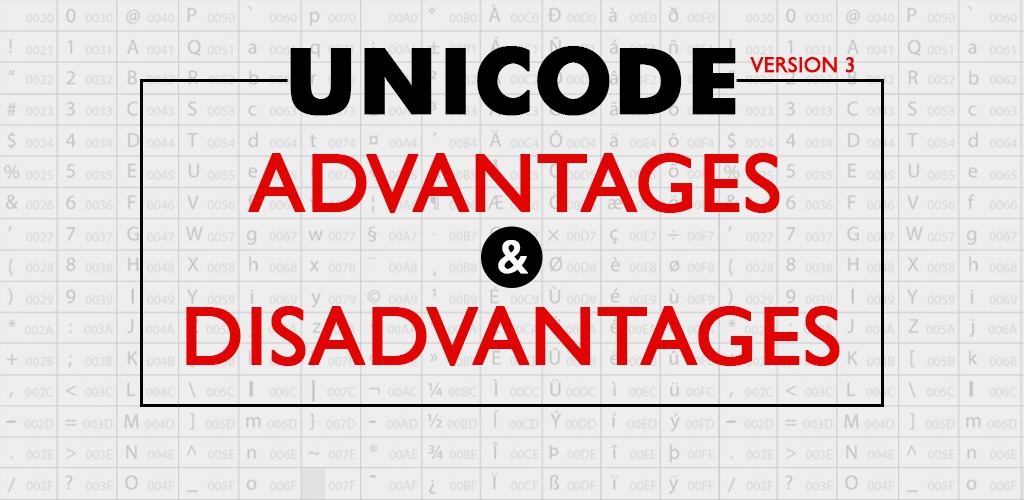UNICODE 3.0
The Unicode standard version 3.0 is a major version of the Unicode standard and replaces all the previous versions of the Unicode Standard. Version 3.0 was released in September 1999 containing 38 scripts of the world’s writing system. This version of the Unicode standard has been synchronized with ISO/IEC-second edition. The text of this standard has been rewritten to improve its clarity. It is also reorganized to explain the related scripts with separate chapters. It also includes improved implementation guidelines, with significant modifications and clarifications.
The Unicode version 3.0 has a total of 49,194 characters from the world’s script. It has added 1,307 characters over the previous version. Besides adding new characters, it also adds several new blocks. The encoding of the Unicode transformation formats is provided including the UTF-8 and UTF-16, with UTF-16BE, and UTF-16LE. The relation between codes has been clarified in this version of the Unicode Standard. The case properties have also been extended to increase the mapping for multiple characters. Bidirectional behavior algorithm rules have also been clarified and new properties were assigned to it.

UNICODE 3.1
The Unicode version 3.1 is a minor version of the Unicode standard and it supersedes the previous version. This version also includes more improvements and more code features. This version was released in March 2001 and consists of 44,946 new encoded characters. All of these characters cover a large number of unified CJK ideographs, multiple historic scripts, and several sets of symbols. It is the first version that encodes the characters beyond the 16-bit encoding scheme or the Basic Multilingual Plane. These new characters encode on U + 10000 or higher, synchronized with ISO/IEC-second edition.
UNICODE 3.2
The Unicode version 3.1 overrides the previous version 3.0, this version of the Unicode standard does the same. It supersedes the Unicode version 3.1. This version features a large number of coded features with minor changes as well. This version was released in March 2002 including 45 scripts. It includes 95,156 characters and adds 1016 additional characters. These additional characters consist of a large number of mathematical symbols, small sets of symbols and letters, and different Philippine scripts. The Unicode version 3.2 is also synchronized with ISO/IEC-second edition. The case mappings in this version have also been upgraded.
Advantages and disadvantages of Unicode 3.0
Following are some of the advantages and disadvantages of these Unicode versions:
The Unicode version 3.0 was improved and rewritten to improve its structure. This is reorganized as well as enhanced for better performance. It also features significant clarifications with new modifications. It covers multiple writing systems such as Cherokee, Mongolian, Burmese, Ogham, Syriac, Sinhala, and many more. Version 3.1 features no significant improvement over the previous version. One disadvantage to this version is that it does not encode on UTF 16-bit encoding scheme or Basic Multilingual plane (BMP). But the Unicode standard version 3.1 contains some features that supersede over them. Version 3.2 features a large number of coded features.
Read More
